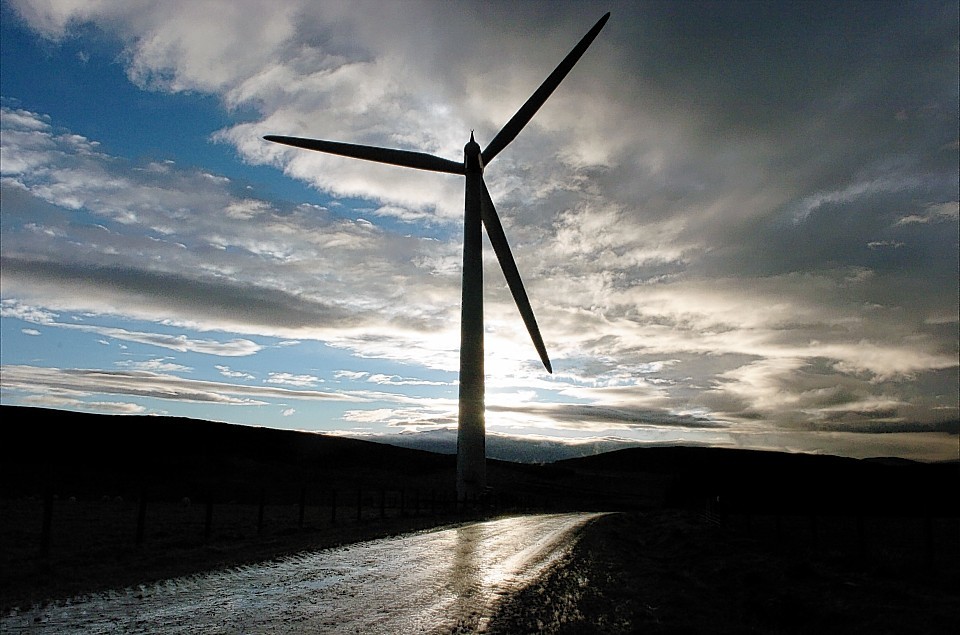Wind farms in Scotland generated record amounts of power in the first quarter of 2015 according to new data, which was released days after the UK government decided to cut subsidies to the projects.
Data released by Department of Energy and Climate Change (Decc) found that 49.8 per cent of all electricity used in Scotland in 2014 came from renewables. Meanwhile, the share of UK power coming from renewables was 2.6 percentage points up on the first quarter of last year, and slightly higher than in the previous three months.
Earlier this month Energy and Climate Change Secretary Amber Rudd shocked backers of onshore wind by announcing the intention to close the renewables obligation for onshore wind from April next year. Industry body Scottish Renewables claims the move could cost £3billion in investment.
Energy Minister Fergus Ewing has warned that the progress Scotland is making on realising its renewables potential face being substantially hampered by the policy of the UK Government to remove financial support for onshore wind.
Mr Ewing said:“These statistics show renewables continue to go from strength to strength, with almost half of Scotland’s electricity use coming from renewables last year and wind delivering record amounts of power in the first three months of 2015.
“Scotland accounts for around a third of total UK renewables generation. Given the record amounts of power now coming from wind, and a healthy pipeline of wind projects with consent and in planning, the UK Government’s proposals will have a profound and disproportionate impact on Scotland.”
He revealed that Ms Rudd had accepted his invitation to meet with wind industry leaders in Scotland.
According to Decc figures for the UK, the total amount of electricity generated by renewables increased by 15% for the first three months of the year compared to the same period last year, with biomass power plants almost doubling their output.
Electricity from solar panels was up 60% on the first quarter last year, due to more installations, while wind generation increased by 5.3%, with more turbines installed – particularly offshore – offsetting slightly lower wind speeds than in January to March 2014.
Overall, low-carbon power accounted for more than two-fifths of total UK electricity generation in the first three months of 2015, with nuclear up from 17.6% of the mix in the beginning of 2014 to 19% this year.
Coal fired generation fell from 37% in January to March 2014 to less than a third (31.3%) for the first three months of this year, while gas was up from 23.2% to a quarter in 2015.
